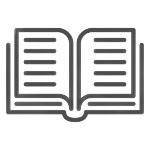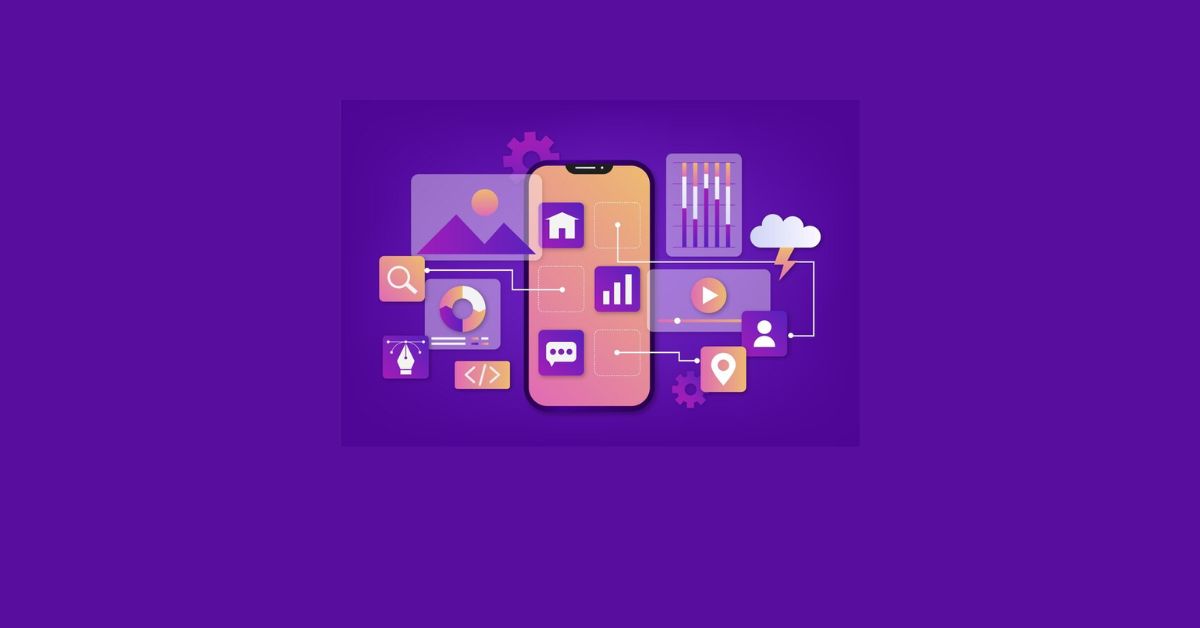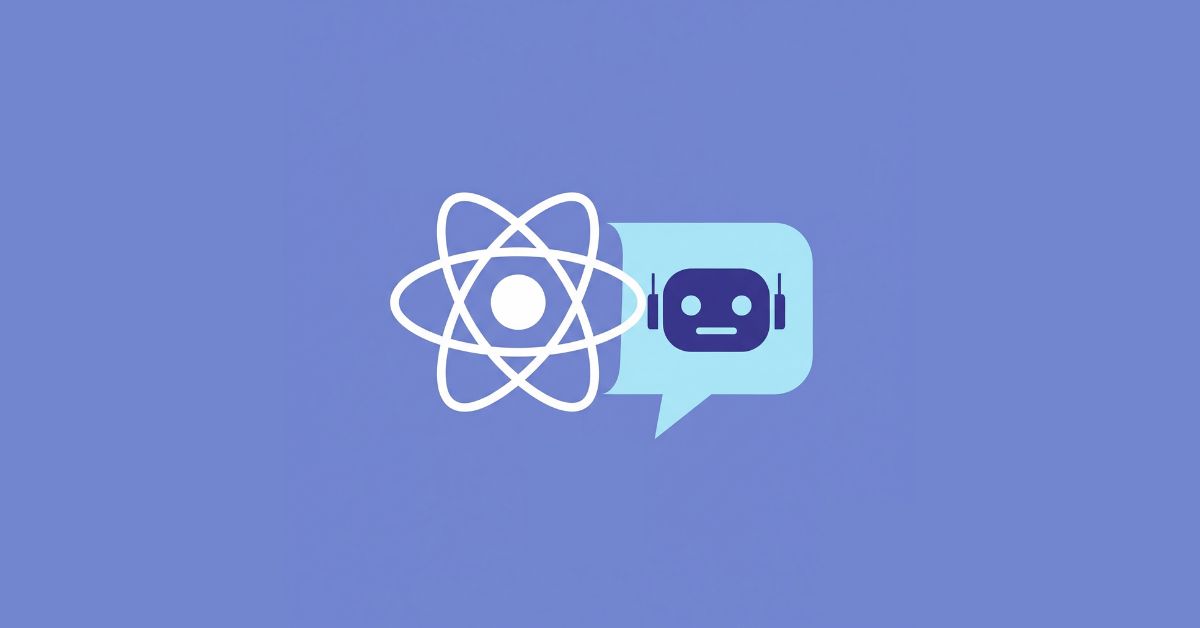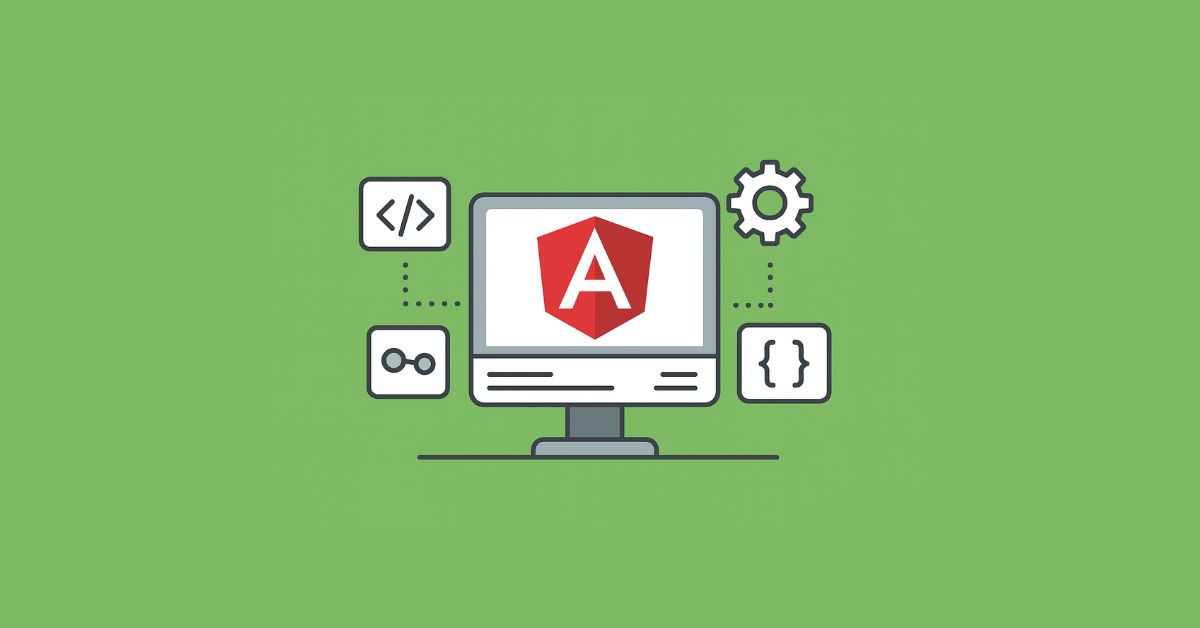The Internet of Things tools are transforming industries by connecting devices, sensors, and machines to the Internet, enabling data collection, remote control, and automation. As the demand for IoT development tools grows, developers need robust tools to build and manage these systems. Whether you are creating a home automation project or professionally developing large-scale industrial IoT tools and platforms choosing the right development tool is crucial for success. In this blog, we will explore the Top 11 IoT development tools that make it easier to create IoT applications efficiently and effectively.
- Features of an IoT
– Device Management
– Data Visualization
– Connectivity and Integration
– Rule Engine and the Automation
– Security and Privacy
– Scalability and Performance
– Analytics and Machine Learning - 11 Best IoT Development Tools in 2024
– Arduino
– Apache Net Beans
– Kinoma
– IBM Watson IoT
– Wireshark
– Mainspring
– Node-Red
– Eclipse IoT
– Things Board IoT
– Zetta IoT
– Flutter - Conclusion
Features of an IoT
Device Management
Registering, configuring, and monitoring the IoT tools and platforms including the provisioning, firmware updates, and remote management.
Data Visualization
Customizable dashboards for the real-time monitoring and analysis of the IoT data, facilitating data-driven decisions.
Connectivity and Integration
Support for the various IoT protocols, cloud platforms, and databases, enabling seamless communication between the devices and the services.
Rule Engine and the Automation
Definition of the rules, triggering action and task automation based on the specific conditions or events in the IoT tools and platforms.
Security and Privacy
Authentication, access control, encryption and secure the communication protocol to safeguard the IoT Development Tools.
Scalability and Performance
Optimization for large-scale IoT tools and platforms managing the numerous devices and the processing high volume of the data.
Analytics and Machine Learning
Advanced capabilities for data processing, anomaly decision, predictive modeling, and intelligent insights.
If you’re new to IoT and want to understand its definition, types, and real-world uses, check out our complete guide on “What is IoT – Definition, Types, and Uses“
11 Best IoT Development Tools in 2024
The Internet of Things revolutionizes industries and daily life by connecting devices and enabling data-driven decision-making. In 2024, developers and organizations have a wide range of IoT tools for efficient development and deployment.
Arduino
It produces electronic devices and software for the IoT market, offering top-notch hardware for a wide range of projects. They are a leading company in IoT tools, allowing the easy construction of functional and innovative robotics and home automation projects.
Overview and Features
Ardunio offers diverse microcontroller boards for IoT projects with varying specifications.
An Integrated development environment offers a user-friendly interface that facilitates the process of writing and uploading the code to Arduino boards.
It offers an extensive collection of pre-existing code and samples, streamlining the creation of the IoT Development Tools.
The Arduino community consists of a vibrant group of developers who actively engage with one another, exchanging knowledge and assisting fellow users.
Apache Net Beans
It is an open-source integrated development environment mainly for Java. It provides a wide range of tools and features, such as the code editor. Debugger, and project management, which are crucial for the IoT tools and platforms. The tools run on Windows, macOS, Linux, and Solaris. It has a large community of users who share resources, such as tutorials and templates that can help the developers to get started quickly. By using the Net Beans developers it can create high-quality, maintainable, and portable IoT tools and platforms.
Overview and Features
Net Beans supports multiple programming languages like Java, JavaScript++, and more empowering developers to choose the ideal language for them.
Net Beans streamlines IoT Development Tools with templates, code completion, and debugging.
It has a thriving plug-in ecosystem for IoT-specific requirements.
It facilitates team collaboration on the IoT Development Tools with version control, code sharing, and collaboration features.
Kinoma
It is a multi-connectable device that works incredibly well without requiring its users for extensive experience with Javascript. The tool has everything that IoT application developers need for the small IoT tools and platforms such as the movement or the temperature sensors, connecting lights, etc, which can send warning notifications if anything happens. It has been used for the development of the automatic alarm bell, a camera trap that takes photos of any object that disturbs the bean and the synthesizer.
Overview and Features
Kinoma Create is a hardware development kit with a programmable device and touch-enabled color display for fast IoT prototype building.
Its JavaScript framework enables the developers to create IoT Development Tools and user interfaces in a familiar and accessible programming environment.
It simplifies the creation and management of IoT Development Tools with a visual interface for building and connecting the workflows.
It enables the IoT devices to connect and communicate with other devices, cloud services, and web APIs using various communication protocols.
IBM Watson IoT
It is a powerful tool that is used to manage the IoT development and tools. It offers features such as real-time data analysis, and device management and secures connectivity. This tool can handle large amounts of data and provide useful insights to help improve operations. This tool is best for businesses that need to manage many devices and analyze large amounts of data. It’s great for industries such as manufacturing, healthcare, and smart cities.
Overview and Features
It can analyze the data from the devices as it comes, providing instant insights and allowing quick decision-making.
It ensures that all the device connections are secure, protecting sensitive data and maintaining the policy.
Helps to easily connect the monitor, and manage thousands of IoT Development Tools from a single platform.
Helps seamlessly integrate with the other services, as a development company we provide IoT services, such as the IBM cloud and the Watson AI, for enhanced functionality and database capabilities.
Wireshark
It is a free and open-source network protocol analyzer that you can use to monitor and debug IoT communication. It works across all platforms and operating systems and is a free being the world’s foremost and widely the network protocol analyzer. It can help the developers identify and troubleshoot the problems with their IoT Development Tools and by capturing, analyzing the network traffic such as your computers to your home device or the internet.
Overview and Features
It captures and analyzes network packets, revealing the IoT tools and the network communication.
It analyzes the IoT network traffic with support for protocols like MQTT, HTTP, CoAP, Zigbee, and more.
It simplifies the analysis by allowing the user to filter and search for specific packets or data patterns.
It decodes the network packets into readable formats, which helps to identify the issues and understand the information flow.
Mainspring
It is an IoT Development Tool that operates on the cloud, making the creation and management of IoT tools and platforms easier to access. It offers a wide range of tools and services that streamline the development and deployment of IoT projects.
Overview and Features
Mainspring enables coding free and the tools are designed with a user-friendly visual interface and drag-and-drop functionality.
Users can remotely monitor, control, and update the IoT tools using the platform’s robust device management capabilities.
Mainspring’s integrated data analytics capabilities enable customers to glean insightful information from IoT gadgets and make data-driven choices.
In addition to offering scalability options to support the growth of IoT deployments, the platforms prioritize data protection.
Node-Red
It is a visual programming tool that is perfect for the IoT development tools built on Node.js, and users can create the applications by dragging and dropping the pre-built block on the canvas. IoT development is a strong suit for Node-Red because it simplifies many everyday tasks such as connecting devices and services, processing the data, and triggering actions.
Overview and Features
Node-Red uses flow-based programming to connect nodes and create IoT tools and platforms.
It has a wide selection of pre-built nodes for easy integration with IoT devices, protocols, and services.
The platforms offer a real-time dashboard to monitor and visualize the application of Internet of Things.
The Node-Red integrates seamlessly with the various tools and platforms making it versatile for the IoT Development Tools.
Eclipse IoT
It is an open-source project that provides IoT development tools and frameworks. It is based on the Eclipse Java development environment, a device with an emulator and a marketplace of the pre-built components, framework, standards, and tools for building digital twins, fog computing, edge computing, and services.
Overview and Features
Eclipse IoT provides the projects and the framework for the IoT development tools, covering device connectivity, data management, and security.
The platform emphasizes interoperability, enabling the developers to integrate the IoT devices, protocols, and cloud services from different vendors.
It offers scalable tools and frameworks for the efficient management of large-scale IoT deployments.
It has a vibrant community of developers who contribute to the projects, share knowledge, and offer support.
Things Board IoT
It is open-source platforms that use the MQTT, CoAP, and HTTP protocols to connect with the devices and handle the data from them. Out-of-the-box configuration dashboards, charts, maps, and widgets provide you with a robust real-time visualization of your data, which you can share with your partners. It allows you to create the rule chains and the event-based workflows for the perfect match with your use case requirements.
Overview and Features
Things Board IoT manages the IoT devices with the registration, configuration, and monitoring.
Customize the dashboards and the widgets for the real-time visualization of the IoT data, enabling data-driven insights.
Define rules and trigger actions based on the conditions or the event using the Thing Board’s rule engine.
Flexibility integrates with the IoT protocols, cloud platforms, and the database for building IoT applications.
Zetta IoT
Treating everything as an API for unified device and service interactions, it is an open-source platform for scalable IoT systems.
The development process is simplified due to the abstractions and the direct access to the protocols and the conventions. Visualization tools ensure the continuous monitoring of the device’s behavior and the timely reaction to abnormalities. With the use of it, you can create data-intensive mobile, devices and cloud applications and integrate smaller systems into one coherent system.
Overview and Features
Zetta IoT treats every IoT tool and platform as an API for seamless integration and interactions.
Manage a large number of devices in distributed IoT systems with the Zetta IoT scalable designs.
It also enables real-time streaming for instant processing and analysis.
Access and manage the IoT tools and platforms through a web-based interface of any browser.
Flutter
Flutter is an open-source UI software development kit created by Google. It is primarily used for building natively compiled applications for the mobile, web, and desktop from a single codebase. Introduced in 2017, Flutter has gained massive popularity due to its fast development cycles, expensive user interfaces, and cross-platform capabilities. It is written in the Dart Programming language, and it offers a high level of performance and flexibility in designing the UIs.
Overview and Features
Hot reload is one of the most loved features. It allows the developers to instantly see the results of changes made in the code without restarting the applications.
It comes with an extensive collection of customizable widgets that follow Google’s Material design. These widgets form the building blocks for crafting the rich user’s interfaces.
It offers a rich set of IoT tools to build beautiful, expressive UIs. With Flutter developers can create intricate animations, custom widgets, and layouts to achieve pixel-perfect designs.
It provides tools to easily internationalize and localize your applications, allowing the developers to build IoT tools and platforms that can support multiple languages and regions out of the box.

You might want to read
Conclusion
The IoT ecosystems are rapidly evolving and the success of an IoT project largely depends on choosing the right development tools. Whether you are working on a small prototype with Arduino, or Wireshark or you are building large-scale enterprise solutions with the AWS IoT and IBM Watson, these tools offer the flexibility, scalability, and power needed to bring your IoT ideas to life. By leveraging these Top IoT Development Tools, you can accelerate the development process and build more innovative, secure, and efficient IoT solutions that are ready for the future.







